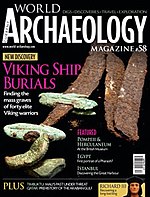
Egyptology is the scientific study of ancient Egypt. The topics studied include ancient Egyptian history, language, literature, religion, architecture and art from the 5th millennium BC until the end of its native religious practices in the 4th century AD.

Kazimierz Józef Marian Michałowski was a Polish archaeologist and Egyptologist, art historian, member of the Polish Academy of Sciences, professor ordinarius of the University of Warsaw as well as the founder of the Polish school of Mediterranean archaeology and a precursor of Nubiology.
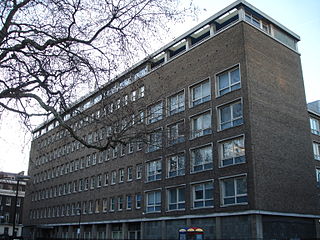
UCL's Institute of Archaeology is an academic department of the Social & Historical Sciences Faculty of University College London (UCL) which it joined in 1986 having previously been a school of the University of London. It is currently one of the largest centres for the study of archaeology, cultural heritage and museum studies in the world, with over 100 members of staff and 600 students housed in a 1950s building on the north side of Gordon Square in the Bloomsbury area of Central London.

The Institute of Fine Arts (IFA) is a graduate school and research center of New York University dedicated to the study of the history of art, archaeology, and the conservation and technology of works of art. It offers Master of Arts and Doctor of Philosophy degrees in Art History and Archeology, the Advanced Certificate in Conservation of Works of Art, and the Certificate in Curatorial Studies.

John Garstang was a British archaeologist of the Ancient Near East, especially Egypt, Sudan, Anatolia and the southern Levant. He was the younger brother of Professor Walter Garstang, FRS, a marine biologist and zoologist. Garstang is considered a pioneer in the development of scientific practices in archaeology as he kept detailed records of his excavations with extensive photographic records, which was a comparatively rare practice in early 20th-century archaeology.

The Archaeological Institute of America (AIA) is North America's oldest society and largest organization devoted to the world of archaeology. AIA professionals have carried out archaeological fieldwork around the world and AIA has established research centers and schools in seven countries. As of 2019, the society had more than 6,100 members and more than 100 affiliated local societies in the United States and overseas. AIA members include professional archaeologists and members of the public.
Michael Gordon Fulford, is a British archaeologist and academic, specialising in the British Iron Age, Roman Britain and landscape archaeology. He has been Professor of Archaeology at the University of Reading since 1993.
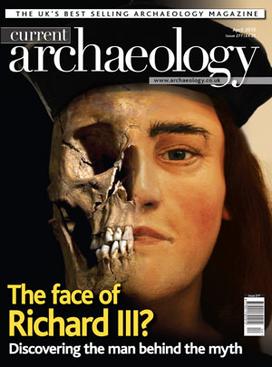
Current Archaeology is a British monthly archaeology magazine.

Richard D. Hansen is an American archaeologist who is an adjunct professor of anthropology at the University of Utah.
Christopher Judge is an archaeologist at the University of South Carolina Lancaster, whose research focus is the late prehistoric and early historical archaeology of South Carolina and immediately surrounding areas, as well as blues music in South Carolina. He is an instructor in both anthropology and archaeology. Some of his areas of interest include the Woodland and Mississippian periods, ceramics, theory, public education, and folk music.

Andrew Selkirk is Editor-in-chief of Current Publishing, and former Vice-President of the Royal Archaeological Institute.
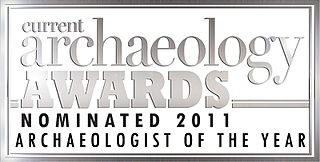
The Archaeology Awards is an annual awards ceremony celebrating achievements in the field of archaeology.

Music archaeology is an interdisciplinary field of study that combines musicology and archaeology. As it includes the study of music from various cultures, it is often considered to be a subfield of ethnomusicology.
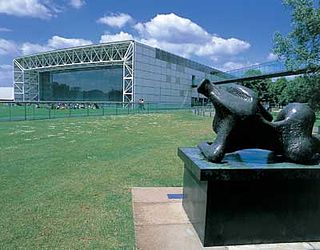
The Sainsbury Institute for Art (SIfA) is based in the Sainsbury Centre for Visual Arts at the University of East Anglia in the United Kingdom.

The School of Art History and World Art Studies operates within the Faculty of Arts and Humanities department at the University of East Anglia in Norwich, England.
David Leslie Kennedy is an archaeologist and historian of the Roman Near East, with a focus on Aerial Archaeology, Roman landscape studies and the Roman military. He is Emeritus Professor and Senior Honorary Research Fellow in Roman Archaeology and History at the University of Western Australia.
David P. Silverman is an American archaeologist and Egyptologist. He received an undergraduate degree from Rutgers University where he majored in art history. He later studied Egyptology as a graduate student at the University of Chicago where he received his PhD. Shortly after, he took a position at the international Treasures of Tutankhamun exhibit which originally ran from 1977 to 1982, and continued to work as curator on subsequent exhibits. Following this, he continued working at a variety of institutions including the Field Museum in Chicago. Since 1996, he has been Eckley Brinton Coxe, Jr. Professor of Egyptology at the University of Pennsylvania and head curator of the University of Pennsylvania Museum of Archaeology and Anthropology's Egyptian section. Alongside this, he currently teaches an online course through Coursera called Introduction to Ancient Egypt and Its Civilization. Some of his archaeological work has included excavations at Bersheh and Saqqara.
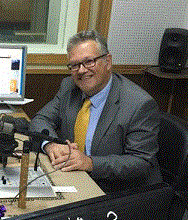
Martin Bommas is a German Egyptologist, archaeologist, and philologist. He is a professor and Museum Director at the Macquarie University History Museum in Sydney, Australia and the Director of the Qubbet el-Hawa Research Project (QHRP) in Aswan, Egypt. He has published widely on ancient Egyptian mortuary liturgies, rituals and religious texts spanning the Old Kingdom to the Christian era. In archaeology, he has examined the Old and Middle Kingdom settlement remains and the 18th Dynasty temple of Khnum at Elephantine as well as the Old and Middle Kingdom Lower Necropolis at Qubbet el-Hawa. As a museum director, his focus is on historical anthropology, decolonisation and the repatriation of illicitly trafficked artefacts.

David Wengrow is a British archaeologist and Professor of Comparative Archaeology at the Institute of Archaeology, University College London. He co-authored the international bestseller The Dawn of Everything: A New History of Humanity which was a finalist for the Orwell Prize in 2022. Wengrow has contributed essays on topics such as social inequality and climate change to The Guardian and The New York Times. In 2021 he was ranked No. 10 in ArtReview's Power 100 list of the most influential people in art.
Anne Haour is an anthropologically trained archaeologist, academic and Africanist scholar. She is Professor in the Arts and Archaeology of Africa at the Sainsbury Research Unit for the Arts of Africa, Oceania and the Americas at the University of East Anglia, Norwich, United Kingdom. In July 2021 she was elected Fellow of the British Academy in recognition of her outstanding contributions to the social sciences, humanities and arts.
